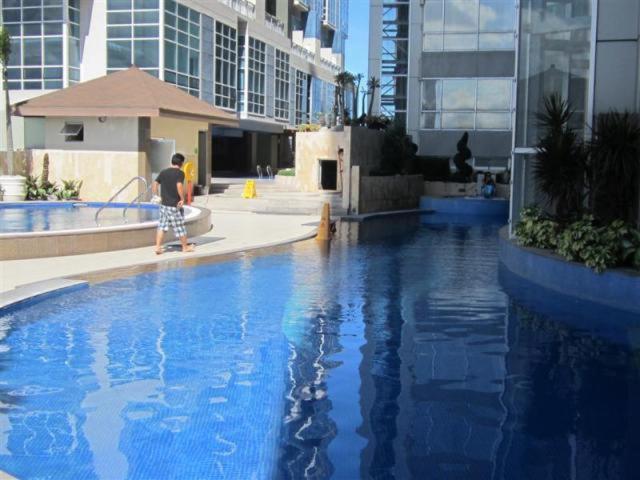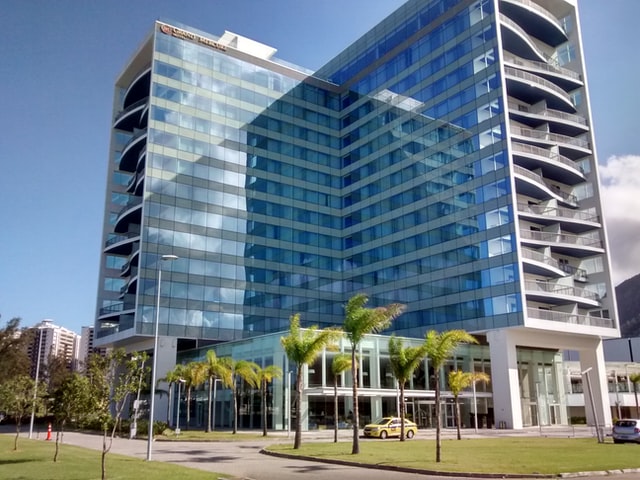As the world grapples with climate change and resource scarcity, cities around the globe are rethinking their approach to urban development. Singapore, renowned for its innovative skyline and rapid modernization, is leading the charge in integrating sustainability into its property landscape. The city-state’s approach to sustainable development is not only transforming its architecture but also setting a benchmark for other global metropolises.
The Rise of Sustainable Development
Sustainable development is defined by its focus on meeting present needs without compromising the ability of future generations to meet their own needs. For Singapore, a country with limited natural resources and land, this philosophy has become a crucial part of its urban planning and development strategy.
In recent years, Singapore has embraced green building practices as a means to address environmental challenges and enhance the quality of life for its residents. The Building and Construction Authority (BCA) of Singapore has been instrumental in promoting sustainability through its Green Mark Scheme, which evaluates the environmental performance of buildings and encourages the adoption of eco-friendly practices.
Green Building Initiatives
Singapore’s commitment to green building is evident in its impressive roster of certified Green Mark buildings. These structures incorporate various sustainable features such as energy-efficient systems, water conservation measures, and the use of eco-friendly materials. For instance, the Marina Bay Sands, one of Singapore’s most iconic landmarks, has achieved high Green Mark ratings due to its energy-efficient design and innovative water recycling systems.

The integration of green roofs and vertical gardens is another hallmark of Singapore’s sustainable development strategy. The Parkroyal on Pickering, a prime example, boasts lush greenery that not only enhances the building’s aesthetics but also helps in reducing the urban heat island effect and improving air quality. Such initiatives are crucial in a densely populated city where space is at a premium.
The Role of Technology
Technology plays a significant role in shaping Singapore’s sustainable property landscape. The city-state has embraced smart technologies to optimize building operations and improve efficiency. Building Management Systems (BMS) equipped with sensors and data analytics help monitor and control various aspects of building performance, including lighting, HVAC systems, and energy consumption.
Moreover, the use of renewable energy sources, such as solar panels, is becoming increasingly common. Singapore’s government has set ambitious targets to increase the city’s solar energy capacity, with plans to install solar panels on rooftops and other available surfaces. This move not only reduces reliance on fossil fuels but also contributes to the city’s goal of achieving carbon neutrality.
Urban Planning and Green Spaces
Sustainable development in Singapore extends beyond individual buildings to encompass broader urban planning strategies. The government has made significant efforts to incorporate green spaces and enhance urban biodiversity. The concept of “City in a Garden” is a key element of Singapore’s urban planning philosophy, aiming to integrate nature seamlessly into the urban environment.
The creation of extensive park networks, such as the East Coast Park and the Southern Ridges, provides residents with accessible recreational spaces while contributing to environmental sustainability. Additionally, the development of the Bishan-Ang Mo Kio Park, which features a naturalized river and wetland areas, demonstrates how urban spaces can be designed to support both human activity and ecological balance.
Challenges and Future Directions
While Singapore’s progress in sustainable development is commendable, it is not without challenges. The high cost of implementing green technologies and the need for ongoing maintenance can be significant barriers for developers and property owners. Additionally, ensuring that sustainability measures do not compromise the affordability and accessibility of housing is an ongoing concern.
Looking ahead, Singapore is exploring innovative solutions to address these challenges. The government’s focus on research and development in green technologies and sustainable practices aims to drive down costs and make eco-friendly solutions more accessible. Initiatives such as the Singapore Green Plan 2030 outline ambitious goals for reducing carbon emissions, enhancing resource efficiency, and fostering a green economy.
The integration of circular economy principles, which emphasize the reuse and recycling of materials, is also gaining traction. By adopting these principles, Singapore can further reduce waste and promote sustainability in its property sector. For more information or to read all about the property market, please take a moment to visit Emerald Of Katong to learn more.
Conclusion
Singapore’s approach to sustainable development is reshaping its property landscape in profound ways. Through a combination of green building initiatives, smart technologies, and innovative urban planning, the city-state is setting a global example of how sustainability can be integrated into the fabric of urban life.
As Singapore continues to advance its sustainability agenda, it not only addresses immediate environmental concerns but also creates a model for other cities to follow. The city-state’s commitment to balancing economic growth with environmental stewardship is a testament to the potential for sustainable development to drive positive change in the property sector and beyond.
In conclusion, Singapore’s journey towards a more sustainable property landscape highlights the importance of innovation, collaboration, and a forward-thinking approach in addressing the challenges of our time. As other cities look to emulate Singapore’s success, the lessons learned from its experience will undoubtedly contribute to a greener, more sustainable future for urban development worldwide.




